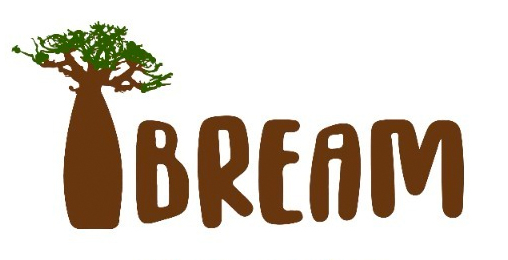The following is a field report from our African Wild Dog researcher, Leeane van der Weyde at Hluhluwe-imfolozi Park
Well the first 6 weeks of the project, begun mid-February have been quite fruitful. My first sighting of the wild dogs at Hluhluwe-imfolozi Park (HiP) began with a superb view of the Ume pack feeding on the remains of an impala. This pack, consisting of 19 dogs at the time, is the largest pack currently in the Park and was a great introduction to the lives of wild dogs here. Following this, I was then rewarded with a view of the Shiyane pack, led by the alpha female Roxie. This was proving to be a great start to my stay, as seeing two packs in one morning for a significant amount of time, has thus far been a rare treat. Wild dogs are generally most active at dawn and dusk so it can be difficult to see one pack active in the morning, let alone two! It also proved to be quite crucial to my project, as mating was observed that morning, and perhaps the first pack to begin breeding this year in the park. Since then, mating has been seen on a further two occasions and the female Roxie that was first seen mating in February is now clearly pregnant.
Since that wonderful first morning, the dogs have rewarded me with many great opportunities for observation and better understanding of wild dog daily activities. Although early starts are required, to come across a whole pack walking along the road for an early morning hunt, is always worth the bleary eyes. These first weeks have proved successful in gathering behavioural data relative to mating, as well as for collecting faecal samples, a practical source for detecting physiological changes during the breeding season.
Currently, I have been able to observe up to 5 packs out of the current 7 in the park, which is no mean feat considering the size of HiP and the large inaccessible wilderness areas. Generally however, I have been able to focus on 2-3 packs that tend to remain in the main accessible areas of Imfolozi.
Despite the success of the work so far, there have also been unfortunate incidents involving the dogs. Several have gone missing for unknown reasons, although this is not uncommon, and two confirmed deaths have been recorded due to road accidents. This highlights one of the many threats that continue to affect wild dog numbers and the difficulty in maintaining high population numbers, even in well protected parks and reserves.
As the project continues, further details of mating behaviour shall hopefully be gleaned, as well as notable behavioural changes for the upcoming denning period, and then followed by the birth of new pups. Hopefully, successful matings and rearing of litters in all packs will increase wild dog numbers in this area, and further understanding for this success will become apparent.
